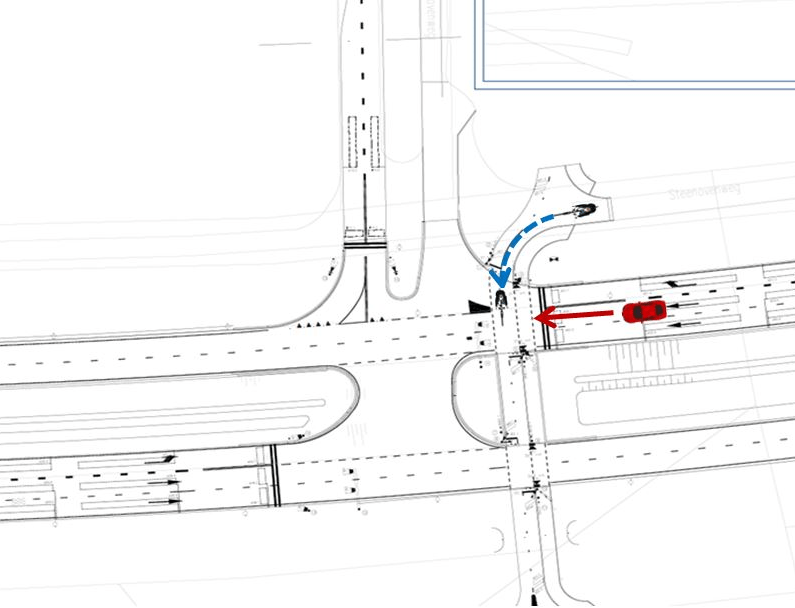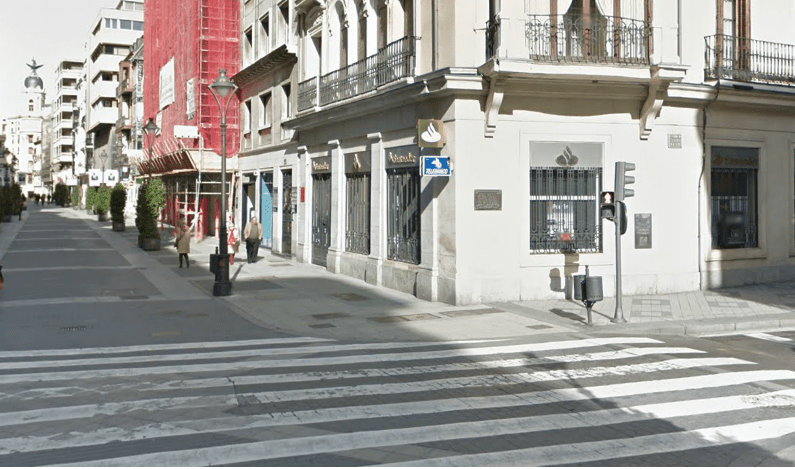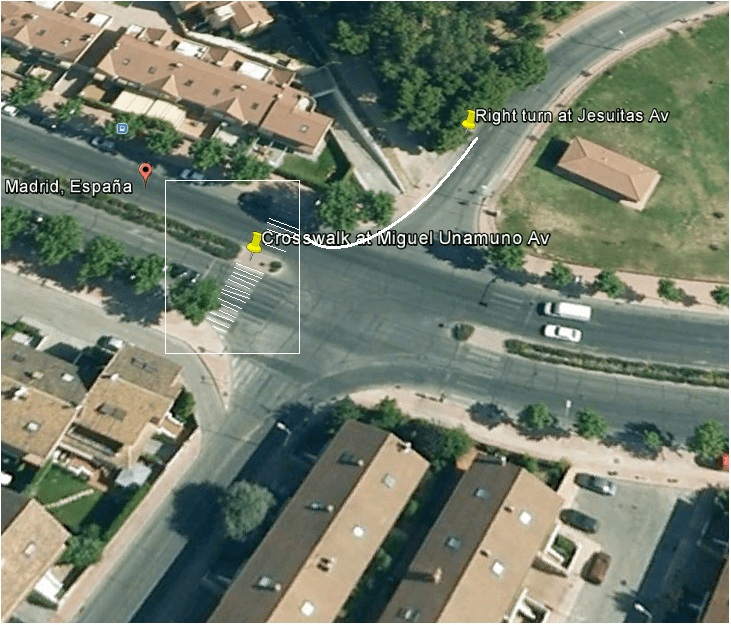CIDAUT is a member of VRUITS project consortium which, among other activities, is assessing three different technologies regarding pedestrian and cyclists’ safety.
The main target is further developing and enabling the commercialization of these technological initiatives based on pedestrian and cyclists’ safety, which have been experimentally applied in Valladolid, Alcalá de Henares (both in Spain) and Helmond (the Netherlands). These initiatives are derived from the work performed within VRUITS project (“Improving the Safety and Mobility of Vulnerable Road Users through its Applications”).
In Valladolid (Spain), a smart pedestrian crossing was launched thanks to this project. In this crossing a camera allows counting the number of people waiting to cross in a traffic light and lets them pass if the number of people and the waiting time reaches a certain value. Thanks to this system urban agglomerations can be avoided, as the threshold is set to 17 people, and the mobility and safety are improved for pedestrians.
Another location of VRUITS project is placed in Alcalá de Henares (Madrid, Spain). A technological system has been implemented at a urban intersection in which a traffic light detects the pedestrian trajectory and decides whether to extend the green light duration or not. This way, people with special mobility needs can be detected and as their crossing will take longer time, the traffic adapts to their safety. Additionally, a smartphone app has been developed in which the user can ask for a traffic light to turn green, which has been very favourably viewed by users with disabilities who can not access some traffic lights buttons.
The final project location is situated in Helmond (the Netherlands), where VRUITS project has set up the third initiative, which relates to cyclists’ protection. There is an infrastructure element that detects cyclists and send a signal to a vehicle, which processor can communicate if there is a risk of collision both for the driver or the cyclist, and if the crash is imminent, an emergency braking system is activated.
It is important to remark that some of these advanced technologies systems pass almost unnoticed in Spain, but whenever they are showed and explained, the acceptation becomes very good in cities and for those people with special mobility needs. These initiatives can be transferred to any other country, and several industrial partners have been contacted for further research actions. All these measures have been thought with vulnerable road users in mind.


